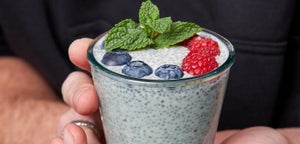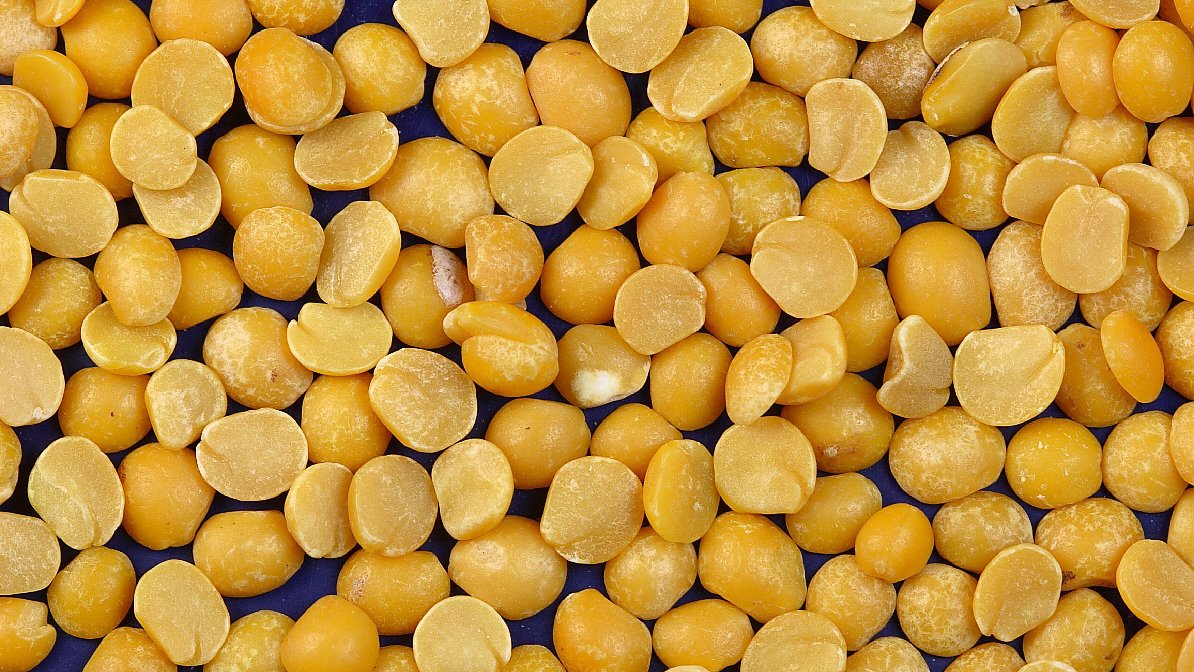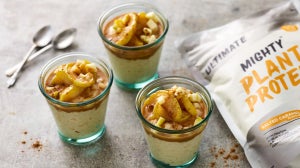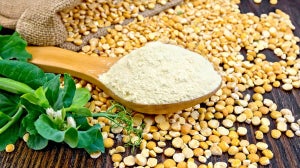
World Environment Day is almost upon us, which means it’s a great time to re-evaluate your relationship with the planet. This year’s theme is “Restoring Our Ecosystems — Together”, and it represents a great opportunity to get involved.
The UN Decade on Ecosystem Restoration begins on 5 June 2021, and you can follow the latest developments on social media — and update the world on your own efforts — at #GenerationRestoration.
So what’s all this about? Well, it is a global effort to assist in the recovery of degraded and destroyed ecosystems. And it’s about conserving the dwindling ecosystems that have, thus far, escaped the consequences of human activity.
A healthy ecosystem is one that is rich in biodiversity, enjoys richer soils, and shows few signs of human disruption. The healthier the ecosystem, the bigger the yields of food, timber and fish.
Ecosystems have a huge role to play in the fight against climate change. Rich, luscious ecosystems act as giant greenhouse gas storage areas. They absorb harmful gases and create oxygen simultaneously.
The UN wants to restore more than 350 million hectares of degraded ecosystems by 2030. And if they achieve this goal, they’ll have succeeded in removing between 13 and 26 gigatons of greenhouse gases from the atmosphere.
Getting InvolvedDon’t worry, you don’t have to trek through the Amazon Rainforest to play a part in this exciting movement. You can make small changes in your daily life. And one of those changes is switching to more sustainable foods wherever possible.
That’s where the yellow split pea comes in. It might surprise you to discover that the yellow split pea and other pulses have a major role to play in the move towards a sustainable way of life.
Yellow split peas possess nitrogen-fixing properties. Put simply, they put nitrogen into the soil around them, making the earth more hospitable to biodiversity. Humans get a nutritious, sustainable superfood, and Planet Earth gets a regenerative crop that actually helps other plants to grow.
But the good news doesn’t end there. The yellow split pea, and many other legumes, are relatively easy to grow. They’re robust and weather-resistant, and they don’t require a lot of water. This is great news for farmers trying to grow their crops in drought-hit areas experiencing increasingly unpredictable weather patterns.
The yellow split pea also frees up phosphorous in the soil. This essential mineral is often so scarce in nutrient-starved earth, it has to be added by farmers. And the yellow split pea, like other natural crops, draws in carbon from the air and locks it away in the earth. This is a crucial process in the fight to reduce global greenhouse gas emissions.
So a simple way to get involved in the fight to save ecosystems — and reduce carbon emissions — is to introduce the yellow split pea into your life. Combine this with consuming less meat, and you’ll be playing an important role in the global effort to save and protect natural environments around the world.
An Eco-Friendly SuperfoodNow we’ve discussed the yellow split pea’s green credentials, it’s time to talk a little about its nutritional benefits.
This delicious legume is packed with protein and carbohydrates, and it also contains some of the healthy fats we need. According to the USDA, one standard serving of yellow split peas contains around 16 grams of protein and 41 grams of fat. They’re a great substitute for meat-based proteins, and they leave you feeling full and satisfied between meals.
Yellow split peas are a great, all-round superfood. Not only are they packed with slow-release carbs and protein, but they’re also rich in magnesium, zinc, magnesium, calcium, folate, selenium and choline.
The yellow split pea has it all. It’s a fantastic substitute for meat, and it doesn’t contain the bad fats doctors tell us to cut back on. It’s also high in fibre, which is great for our digestive system. And if all that’s not impressive enough, eating lentils regularly can help to regulate your blood sugar levels.
According to Applied Physiology, Nutrition and Metabolism, there are several health benefits associated with eating lentils and other legumes regularly. A review revealed that people who consume them as part of their everyday diet are less likely to develop breast, prostate, and colon cancer.
There’s also evidence that lentils play a role in the reduction of cholesterol, inflammation, and blood pressure — which are all contributing factors in heart disease.
Feeding the WorldCurrent estimates suggest we’ll need to feed nearly 10 billion people by 2050. Unless we reduce our reliance on meat, feeding this many people will directly impact ecosystems and climate change.
If we can change eating habits in the West, we can fight climate change, improve public health and save the world’s most vulnerable ecosystems. Lentils work with the bacteria in the soil to convert nitrogen in the atmosphere into ammonia and nitrates — enriching the soil for future crops.
This World Environment Day, do your bit to protect the world’s precious ecosystems by embracing the yellow split pea. Why not start by switching to Mighty M.lk? Made with yellow split peas and oats, it’s a sustainable alternative to dairy milk that doesn’t jeopardise the world’s ability to produce essential crops.

Related Articles








